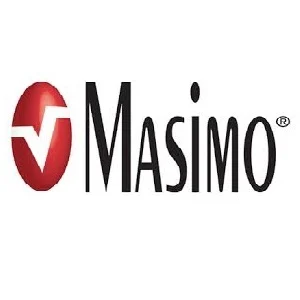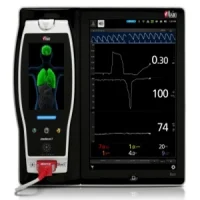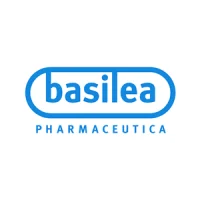Masimo has announced that a new study reported on the accuracy of Masimo’s Blue® sensors as compared to Nellcor and Masimo Standard sensors for cyanotic children with blood oxygen saturation less than 85%.1 Masimo’s Blue sensor was designed specifically for cyanotic infants and children with congenital heart disease.
The study was performed at the Lucile Packard Children’s Hospital at Stanford University with the aim of determining, in children with cyanotic congenital heart disease, which of three different pulse oximeter sensors is the most accurate at lower blood oxygen saturation levels, when compared to the “gold standard” of arterial blood gas analysis with CO-oximetry. The three sensors were Masimo SET® with LNCS® sensor (Masimo Standard), Masimo SET® with Blue sensor (Masimo Blue), and Nellcor™ N-600 with MAX-I sensor (Nellcor).
In the study, published in the journal Pediatric Critical Care Medicine, Dr. Harris and colleagues collected data from 50 infants and children weighing 3–20 kg with baseline saturations under 90% (measured by pulse oximetry at the time of clinical assessment) undergoing surgical or catheterization procedures. Following standard care monitoring, which included placement of the Masimo Standard sensor, the Masimo Blue and Nellcor MAX-I sensors were placed on a thumb or great toe, or alternatively on a finger. Up to four arterial blood samples were taken from each subject.
Compared to the CO-oximeter saturations (SaO2) over all measurements, the mean error ± standard deviation of the saturation values from pulse oximetry (SpO2) for the Masimo Blue, Nellcor, and Masimo Standard sensors were 1.7% ± 3.3%, 1.7% ± 5.4%, and 2.4% ± 4.9%, respectively.
The investigators concluded that “the Masimo Blue sensor has improved accuracy at saturations 75–85% versus the Nellcor and Masimo Standard sensors,” although the authors noted inaccuracies with all three sensors in this saturation range. The authors suggested there is a continued need for device manufacturers to calibrate and develop algorithms for pulse oximeters to have improved overall accuracy at saturations less than 85%. The authors further stated “clinical decisions at saturations below 85% should not be made by pulse oximetry alone; instead, co-oximetry and/or an arterial blood gas is warranted.”
Study limitations included small sample size, difficulty collecting steady-state samples from the operating room and catheterization lab, and placement of the Masimo Standard sensor in nonstandard locations.
The institution where this study was performed received a grant from Masimo to partially support the data collection for this study.
Source & Image Credit : Masimo
Reference:
1. Harris BU, Char DS, Feinstein JA, Verma A, Shiboski SC, Ramamoorthy C. Accuracy of Pulse Oximeters Intended for Hypoxemic Pediatric Patients. Pediatr Crit Care Med. 2016 Feb 24. [Epub ahead of print] PubMed PMID: 26914626.










